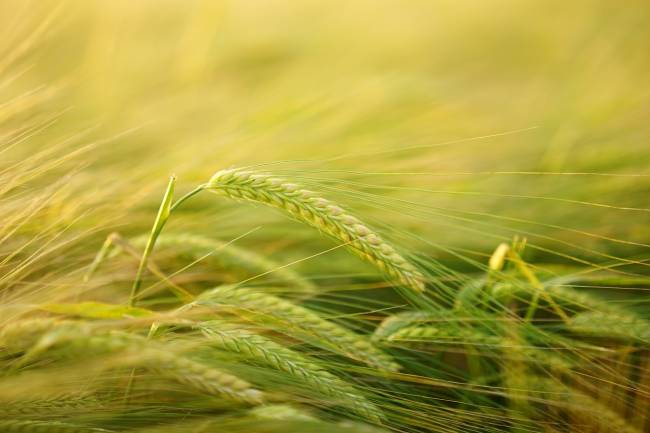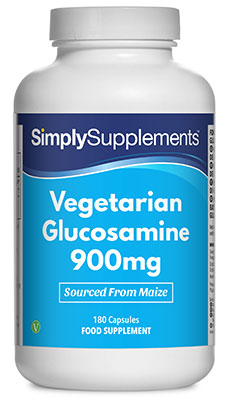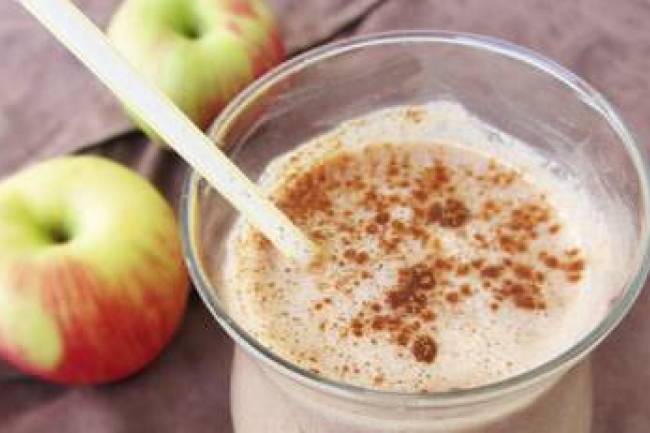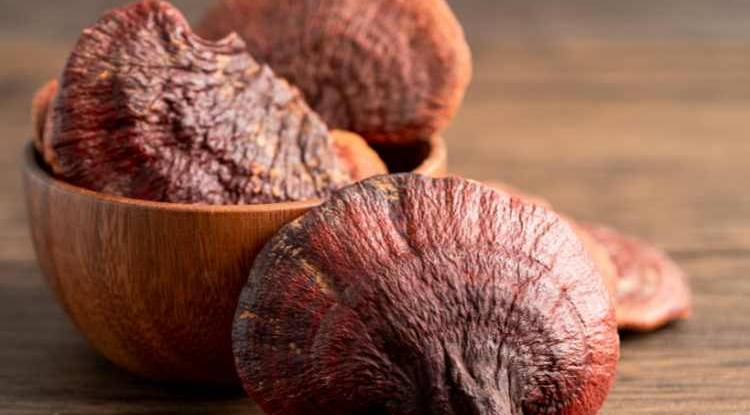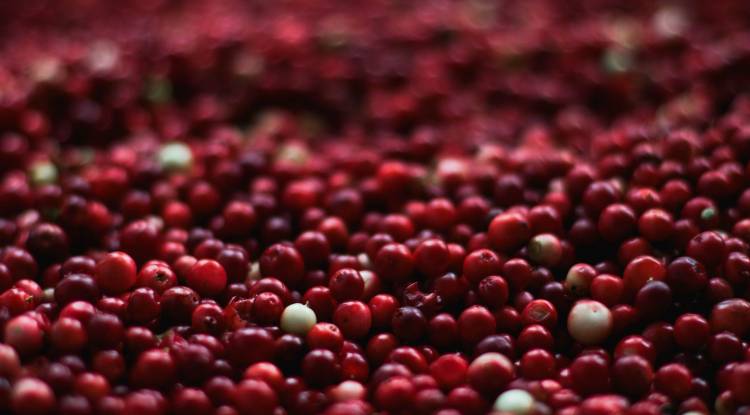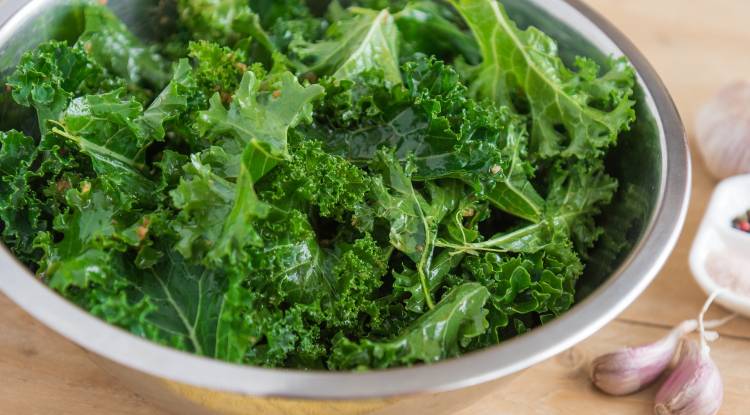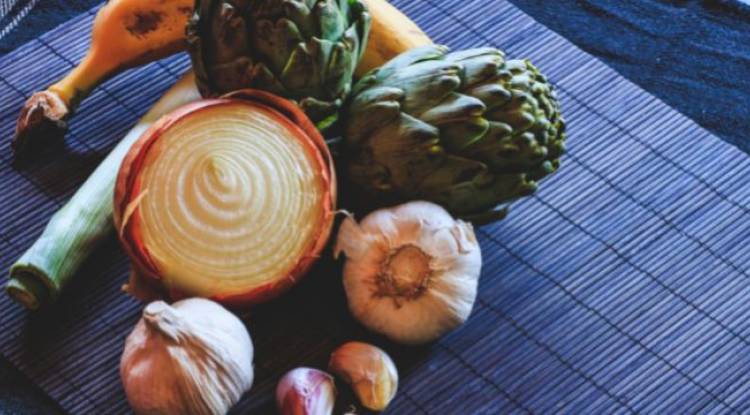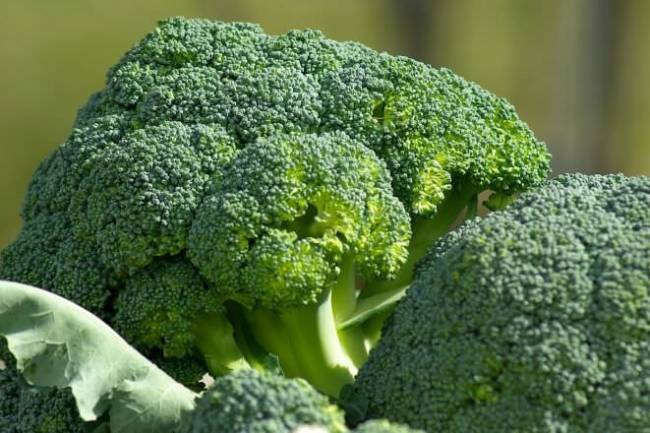Caveman Diet Plan: Pros and Cons
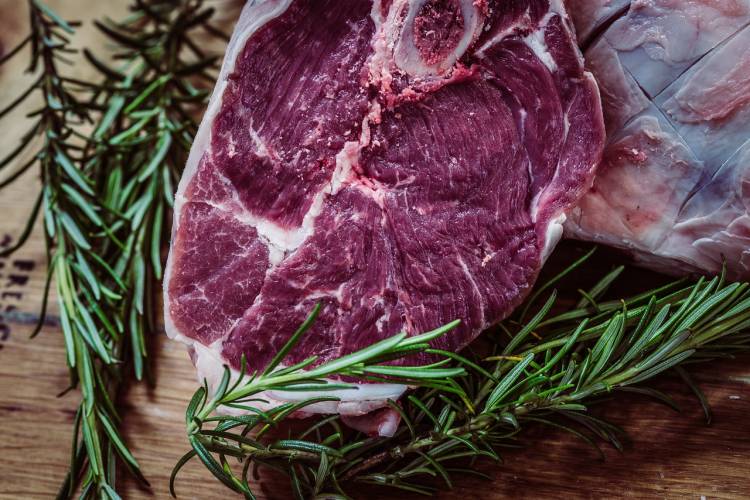
The Paleo diet goes back to the food choices of our early ancestors and focuses around eating foods that would have been available in the Paleolithic era. Learn how to eat like a caveman in our infographic guide.

When it comes to weight-loss, the most important aspect is to ensure you are in a calorie deficit, which means you are burning more calories than you are eating. Another important aspect is finding a particular pattern of eating that enables you to sustain this calorie deficit over the long term, without feeling too restricted, or lethargic.
However, many of us also choose to alter our eating regime in an effort to improve health parameters and not necessarily to manage body weight. One diet that has received significant attention recently is the caveman diet. With lots of information out there it can often be confusing, even for people with a nutritional background. As a result, this article aims to provide you with a balanced view of this popular diet to see if the hype is warranted and whether the theory behind this eating pattern stands up to scientific scrutiny. From there you can decide whether you think this diet would be suitable for you and your lifestyle.
What Is the Caveman Diet?
The caveman diet, also widely known as the paleolithic diet, paleo or primal diet, is a pattern of eating that promotes only the ingestion of foods that were consumed by our hunter-gatherer ancestors. The theory behind this is that these foods are the most health-promoting due to us being created to eat this way.
Currently, the world is suffering from an obesity pandemic, and this is inducing diseases such as heart disease, diabetes, high blood pressure and high cholesterol - collectively termed metabolic syndrome. This has led many to question why this is the case. Although the cause of the obesity phenomenon is multi-faceted and highly complex, our eating habits have rightly come under scrutiny. So inevitably, people are eager to see what foods they should and shouldn’t be eating.
Foods Suitable for the Caveman Diet
On the caveman diet, you should consume grass-fed organic meats, unfarmed fish/seafood, fresh fruits and vegetables, eggs, honey, nuts, seeds and healthy oils such as olive, avocado, coconut and walnut.
Foods Unsuitable for the Caveman Diet
The caveman diet traditionally omits all cereal grains, legumes, dairy products, refined sugars, potatoes, all processed foods, refined vegetable oils, and foods that are considered ‘junk’ or overly salty.
To many, it seems logical to eat such foods that ‘our biology has evolved on’. To paraphrase Robb Wolf, a prominent proponent of the caveman diet:
If the entire human existence was represented on a 100m football pitch, the last 0.5m would signify humans following the agricultural revolution who eat grains, dairy and processed foods, with the other 99.5m representing the proportion of time we were hunter-gatherers.
As this analogy and theory appears logical, many people have chosen to eat like a caveman. Is this the right thing to do however? Carry on reading as we delve into the theory behind the hunter-gatherer diet.
Does the Theory of the Caveman Diet Stand up to Scrutiny?
In theory, the caveman diet sounds like a style of eating that we should all consider. However, when delving deeper into the science, the rationale behind Paleolithic eating may not be as solid as proponents of the diet would like you to believe.
Firstly, one of the points most marketed around this diet is the notion that it will eradicate diseases that fall under the umbrella of metabolic syndrome. However a few years ago, The Lancet (one of the most highly respected scientific journals) published an article from a group of scientists who inspected mummified corpses of hunter-gatherer humans from different parts of the world who ate a style of diet similar to the one recommended.
Alarmingly, from the 137 corpses analysed, 47 of them had probable/definite signs of atherosclerosis, which is the build-up of plaque in the blood vessels, a contributing factor to heart disease. Presumably, humans from this era did not smoke and led active lifestyles, meaning that the relatively high presence of plaque formation in the arteries was likely due to dietary factors. Not the best of start for the paleo diet.
Another issue with the paleo diet is that not all Paleolithic humans ate the same foods. This is evident by looking at various different types of hunter-gatherer diets from Paleolithic times. Firstly, there was the Inuit’s who got ~90% of their calories from fish and meats, especially ones which were very high in saturated fat, something that is discouraged in this diet, with leaner cuts of meat recommended instead. The Inuit’s other 10% came from fruit and vegetables: not much at all.
Compare this to the !Kung tribe of southern Africa, who mostly ate a vegetarian diet, with most of their energy coming from nuts and seeds, with some fruits and vegetables. This tribe only got a small proportion of their calories from meat and fish, and some milk and corn foods which are not allowed in the caveman diet. Different again was the eating practices of the Hadza’s of east Africa, who alongside eating a large amount of meat and fish, ingested tubers such as potatoes and sweet potatoes- again not recommended in this diet.
This is just like the situation of the world today. Some of the worlds healthiest and longest living people come from the Okinawan islands of Japan with their diet being mostly made up of wholegrain rice and sweet potatoes, with other vegetables, legumes, healthy oils and fish making up the rest of their diet. The Okinawans eat very little meat, eggs, dairy or alcohol and have a very low intake of saturated fat.
This pattern of eating definitely works for them, as they have very little prevalence of heart disease, cancers, obesity and diabetes. Paradoxically, France has a high intake of animal products such as full-fat dairy, cured meats, cheeses alongside grains such as bread. What is fascinating is that the French also have very low obesity rates and high life expectancy. This shows that although diet is obviously important for health and longevity, there are a lot more factors in play.
Hopefully, these comparisons will make it clear that humans are extremely diverse and adaptable beings that have thrived in all environmental conditions, no matter what part of the globe.
Another assumption which leads on from the last point is that a caveman style of eating implies that humans have not evolved over the ~10,000 years since Paleolithic times. This is simply untrue. Humans have always been an evolutionary species and always will be. For example, humans have evolved to produce the lactase enzyme for the duration of their life, which is responsible for the digestion of lactose, the sugar found in dairy products. It is true that some people still do not digest lactose well, due to the insufficient production of lactase. However, many individuals with lactose intolerance can still digest a modest amount of dairy products with little to no symptoms.
Furthermore, our gut microbiome is so responsive to change, that individuals with lactose intolerance can promote the greater acceptance of dairy foods by ingesting probiotic supplements. Due to this, the evidence that our gut microbiome hasn’t evolved within the last 10 millennia has a minimal foundation.
Another nail in the coffin of the theory behind the paleo diet is the issue of modern food processing. Fruits, vegetables and even meats are all different now to what they were in hunter-gathering times. Crops have been modified to produce the greatest yield, taste sweet and be colourful. Likewise, animals have been bred to be larger, thus providing more meat and also to be lower in fat. The jury is still out as to whether such processes are better, worse or negligible for our health. What is clear, however, is that these foods are very different to what our ancestors lived on.
Pros and Cons of the Caveman Diet
So now that we have seen what a caveman style diet is supposed to entail and we have evaluated the strength of the rationale behind doing so, we are in a good position to weigh up the pros and cons of eating this way.
Pros
One of the main positives to this diet is that it promotes the daily ingestion of foods that have a dense nutritional profile, meaning that a large proportion of the essential minerals and vitamins are met without needing supplementation. In a similar vein, this diet omits processed foods that are often not health-promoting. Largely, processed foods have a poor nutritional profile, are highly palatable (tasty) and very energy dense, meaning that small portions which may not be enough to satisfy you and provide a large amount of calories. This often leads to the overconsumption of foods that promote obesity and the associated health complications.
This diet also promotes the regular intake of foods such as oily fishes that are rich in omega 3. Many experts believe that a high omega 6: omega 3 ratio is a contributing factor to inflammation and chronic disease. Omega 6 fatty acids that are highly prevalent in a typical western diet usually come from processed vegetable oils, which are also omitted from this diet.
Many people will lose weight on a paleo diet due to the restriction on foods that are highly energy dense and processed, which are easily overeaten. The paleo diet focuses on diet quality, which not only provides lots of essential vitamins and minerals, but is also rich in protein and fibre and is high in volume – all of which promote satiety, the sensation of feeling full. This helps us to refrain from overeating which inevitably leads to weight gain. People suffering from type 2 diabetes could also do well with this style of eating as it removes grains and foods high in sugar, which could help to control blood sugar levels.
So, if this diet appears to be one that you believe you could stick to, and it would fit within your lifestyle, then it could be good to at least give it a try.
Cons
Although the caveman diet does have positive aspects, there are also some notable negatives that must be taken into account before embarking on a Paleolithic style of eating.
As we found earlier, the theory this diet is based on is not scientifically reinforced. Some will argue that although the theory behind the diet is shaky, modern research has shown that this pattern of eating is effective. One study that received a lot of attention was conducted by Dr Lindenberg and his team back in 2007. It was found that in diabetic individuals, a caveman style diet was more effective than a Mediterranean diet in inducing weight-loss and waist circumference reduction and also improving insulin sensitivity. So there is some evidence that this style of eating would be effective for diabetics, presumably as grains and foods high in sugar have been omitted.
However, this study is flawed because like many studies, the amount of calories and protein eaten between groups wasn’t matched. When total energy and protein content of different diets are matched, it more often than not results in similar improvements to weight and metabolic health. So unfortunately, even though this diet can work, it is certainly not magical.
Although eating like our hunter-gatherer ancestors will be able to provide a wide range of essential nutrients, supplementation may still be necessary to achieve optimal health. As this way of eating does not allow dairy products, calcium intake will likely be low. This diet does, however, promote the inclusion of foods that contain some vitamin D, but this will not be enough to meet the current recommendations. Vitamin D is mostly synthesised from sunlight exposure, but during the autumn and winter month’s supplementation will likely be needed. Adequate vitamin D is needed for the absorption and utilisation of calcium, so a supplement containing both calcium and vitamin D would be a smart choice for paleo dieters.
This diet also discourages the ingestion of wholegrains and tubers which is against current dietary guidelines. Many argue that the current dietary guidelines are incorrect and that they are the reason that the world suffers from a plethora of health complications. However, it is not the guidelines that are wrong; it is that not many people are adhering to them! Although data isn’t available for the UK, statistics from the US revealed that the foods that contribute the most to energy intake are: grain-based desserts such as cake and cookies, bread, fried chicken, pizza and sugary and alcoholic drinks. These are the foods that are making us obese and sick, not wholegrains, tubers and legumes.
Other aspects to consider is that eating this way is likely to be expensive, due to purchasing food items such as grass-fed meats, unfarmed fish and organic vegetables. Alongside this, there is the time aspect. Paleo dieters do not buy pre-prepared meals, so this dietary method will see you spending a significant amount of time in the kitchen.
In Summary
Many nutritionists will agree that this diet has some positive aspects that people could definitely learn from and implement into their eating habits. This is certainly the case for eating unprocessed foods that are nutrient dense, high in protein, rich in essential fats such as omega 3 and low in saturated fat and sugar. This diet could also be something that diabetics or insulin resistant individuals use to lose weight and improve insulin resistance, but it is certainly not the only way.
That being said, this diet is overly restrictive, by discouraging the intake of wholegrains, tubers and dairy, which can be health promoting when not eaten excessively. Furthermore, the rationale behind eating like a caveman is simply not backed by scientific evidence. Ultimately, the best diet is one that you can stick which is health promoting, balanced and fits into your lifestyle. If you believe the caveman diet could be just that, then give it a try, but it is unfortunately not the magic bullet it has been made out to be.
Sources:
PubMed (2017). A Palaeolithic diet improves glucose tolerance more than a Mediterranean-like diet in individuals with ischaemic heart disease. [online] Available at: https://www.ncbi.nlm.nih.gov/pubmed/17583796 [Accessed 28 Sep. 2017].

 Richard
Richard 
